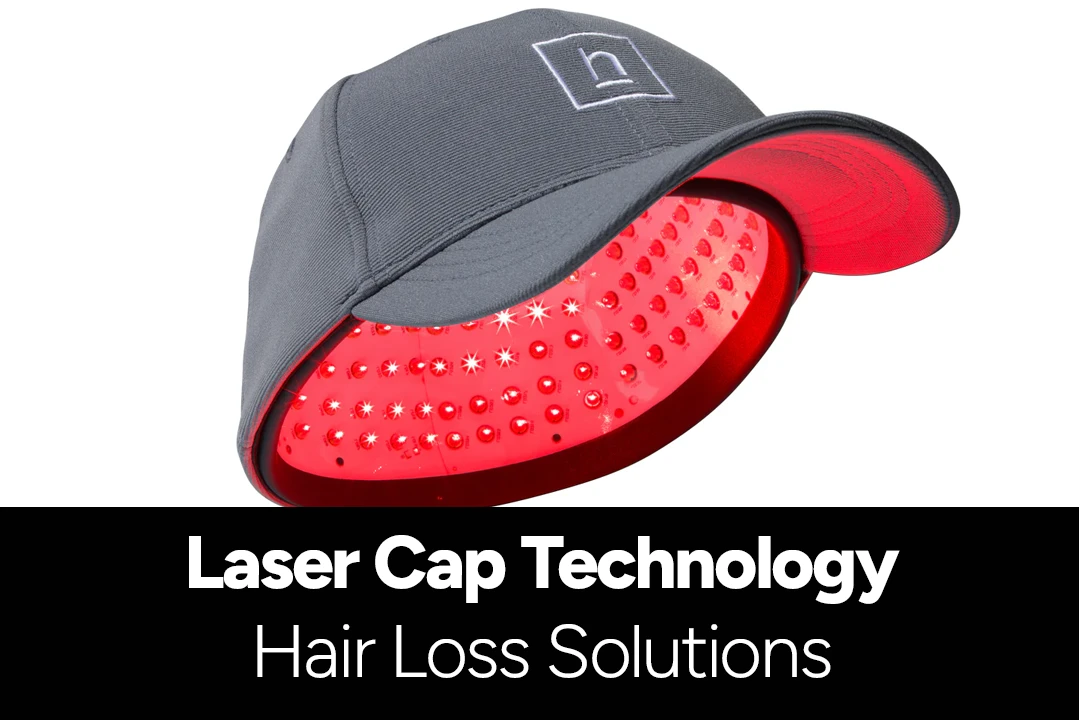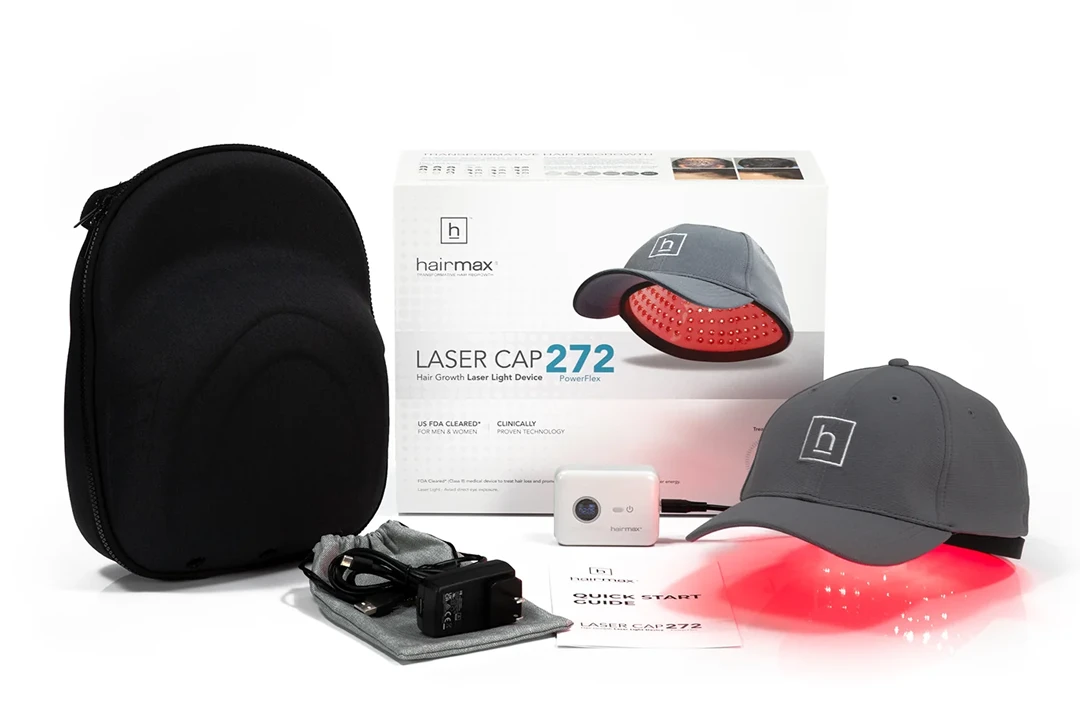 Hair loss, a widespread issue affecting millions worldwide, has long been a major concern in dermatology. Over the years, the industry has shifted from basic topical treatments and surgeries to adopt newer, technology-driven solutions aimed at addressing hair thinning without invasive procedures. Laser caps symbolize this change, using low-level laser therapy to stimulate hair follicles on the scalp and promote hair regrowth. This innovation not only boosts confidence and self-esteem but also drives growth and diversification in the hair care market.
Hair loss, a widespread issue affecting millions worldwide, has long been a major concern in dermatology. Over the years, the industry has shifted from basic topical treatments and surgeries to adopt newer, technology-driven solutions aimed at addressing hair thinning without invasive procedures. Laser caps symbolize this change, using low-level laser therapy to stimulate hair follicles on the scalp and promote hair regrowth. This innovation not only boosts confidence and self-esteem but also drives growth and diversification in the hair care market.
In this article, we’ll detail how laser caps work, their benefits, and what sets them apart from other methods of hair regrowth. We’ll explore the scientific principles behind their effectiveness and examine clinical studies that highlight laser cap hair growth success. Additionally, we’ll offer guidance on selecting the right laser cap, ensuring it meets healthcare standards and user expectations.
How Laser Caps Work
Looking into how laser caps work, these devices use low-level laser therapy (LLLT) directed at the scalp. According to researchers, this gentle laser energy, once emitted, is absorbed by hair follicles, boosting their metabolic activities and improving blood circulation.
This biological stimulation is essential because it helps revitalize hair growth by activating dormant hair follicles and promoting the growth of new hair. This process represents a significant change in non-invasive hair loss treatment, providing hope and a new option for those dealing with hair thinning without needing surgery.
Benefits of Laser Caps
 Laser caps offer several benefits for individuals dealing with hair loss, making a strong case for their use as a non-invasive and efficient solution. These devices are easy to use, allowing users to address hair thinning in the comfort of their homes, emphasizing both convenience and effectiveness. The simplicity of operation is supported by research showing that laser caps can indeed stimulate hair regrowth.
Laser caps offer several benefits for individuals dealing with hair loss, making a strong case for their use as a non-invasive and efficient solution. These devices are easy to use, allowing users to address hair thinning in the comfort of their homes, emphasizing both convenience and effectiveness. The simplicity of operation is supported by research showing that laser caps can indeed stimulate hair regrowth.
This effectiveness isn’t just a claim but is backed by evidence, with users reporting improved hair density and overall scalp health. The non-invasive nature of laser caps is especially important, as it allows individuals to avoid surgical procedures and opt for a treatment that is straightforward and has minimal side effects. This aspect alone makes laser caps a preferred choice for many, highlighting their usefulness as a practical tool in tackling hair loss.
Technological Features of Laser Caps
The advanced technology of modern laser caps greatly improves their effectiveness and user-friendliness for hair regrowth. These caps come with adjustable settings, allowing users to customize the treatment intensity to their needs, which improves the therapeutic results. What’s more, their hands-free operation lets users go about their daily activities during treatment sessions, maximizing convenience and adherence to the treatment plan.
Additionally, automatic shut-off timers are included for safety, preventing overexposure and simplifying the user experience by eliminating the need to manually time each session. These advanced features show the user-centered design of laser caps, making them an efficient tool for addressing hair loss while promoting an easy-to-use approach to hair care.
Clinical Studies and Results
Recent clinical trials in non-invasive hair regrowth treatments have strongly highlighted the effectiveness of laser caps. These trials, carefully planned and executed, involved participants who consistently used the caps as instructed, resulting in improvements in hair density and thickness. Importantly, the trials varied in duration and included diverse demographics, offering a full view of the device’s performance across different populations.
Additionally, measurements were taken using scientifically validated tools to quantify changes in hair growth, which adds credibility to the reported outcomes. This body of evidence presents a compelling argument for the laser cap as a potent solution in the fight against hair loss, offering real hope to those seeking alternatives to more invasive methods of hair restoration.
Choosing the Right Laser Cap
 Choosing the right laser cap requires careful consideration of several key factors. Firstly, the device should be FDA-cleared, indicating that it meets strict safety and effectiveness standards. This regulatory approval is a must as it ensures the device’s credibility and reliability for promoting hair regrowth. Additionally, prospective buyers should look for products backed by solid scientific research, demonstrating their effectiveness through thorough testing and analysis.
Choosing the right laser cap requires careful consideration of several key factors. Firstly, the device should be FDA-cleared, indicating that it meets strict safety and effectiveness standards. This regulatory approval is a must as it ensures the device’s credibility and reliability for promoting hair regrowth. Additionally, prospective buyers should look for products backed by solid scientific research, demonstrating their effectiveness through thorough testing and analysis.
Following the manufacturer’s guidelines is also essential; these instructions are designed to maximize the benefits of the treatment, helping users achieve the best possible results. By carefully assessing these important factors, individuals can make an informed decision that aligns with their health needs and hair regrowth objectives.
Laser caps are now seen as a sophisticated remedy for hair loss, utilizing low-level laser therapy to effectively stimulate hair growth. The analyses in this article show that these devices improve scalp health by stimulating follicles and enhancing blood circulation, appealing to the preferences of health-conscious consumers who prefer non-invasive solutions. Supported by clinical evidence, their proven ability to increase hair density highlights them as a viable and preferable option over traditional, more invasive treatments. With features like adjustable settings, hands-free operation, and automatic shut-off timers, laser caps not only ensure user safety and convenience but also promote regular use, which is a must for achieving desired results. Armed with knowledge about these technological features and benefits, consumers can make informed choices when selecting an FDA-cleared laser cap, ensuring a well-informed approach to tackling hair loss.

